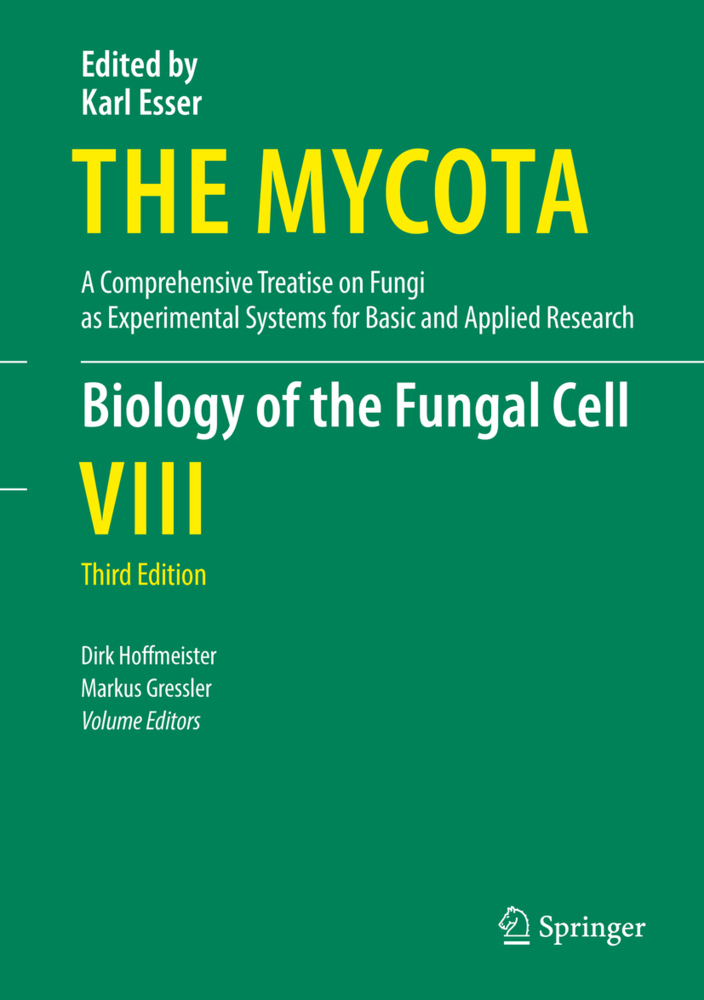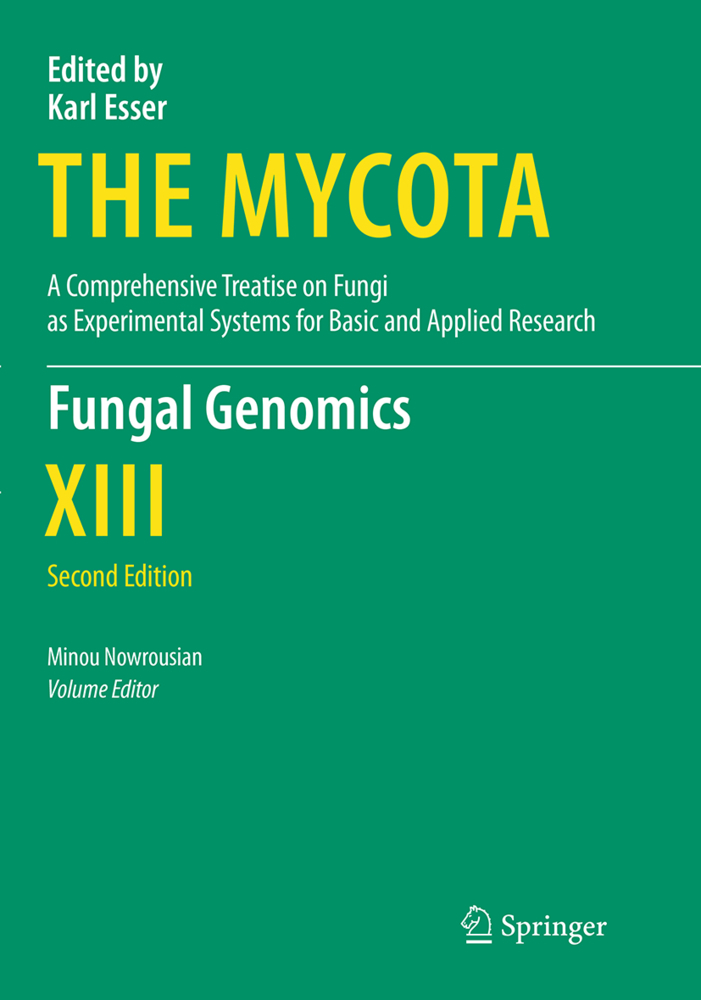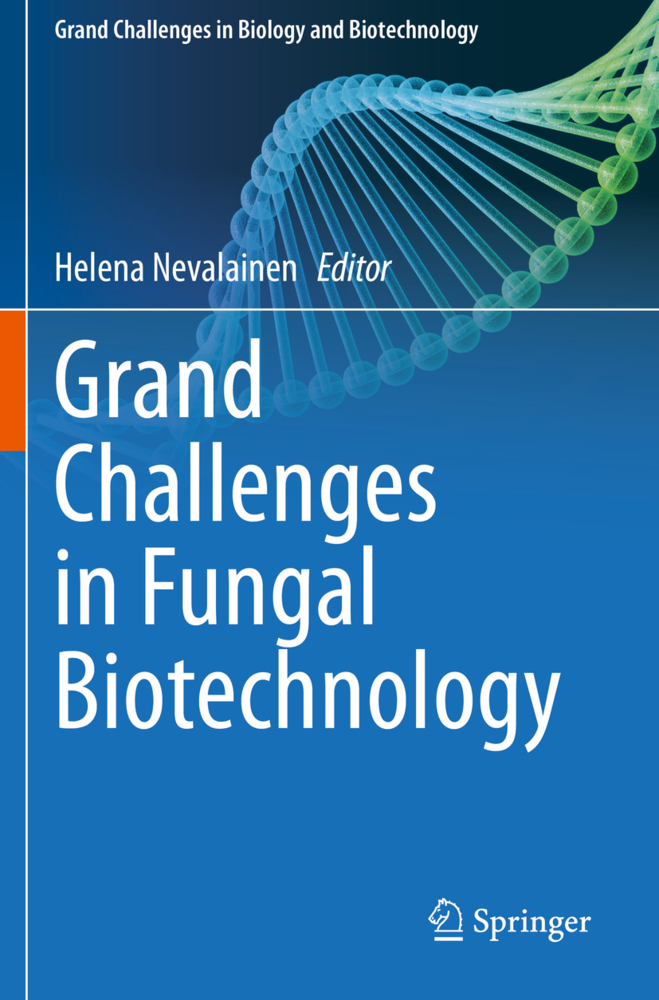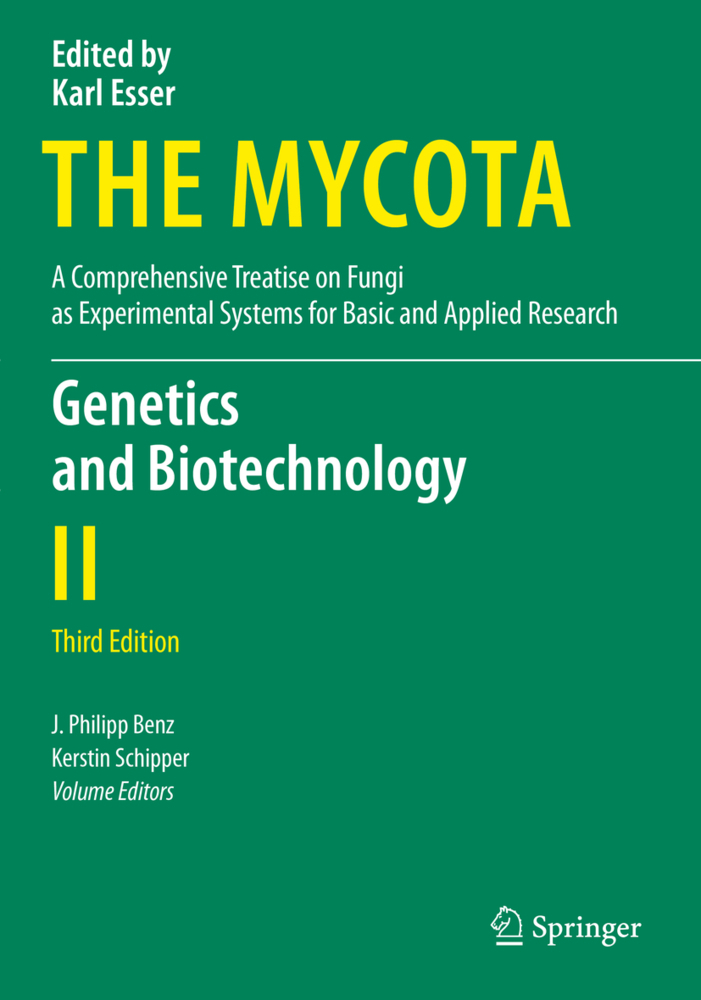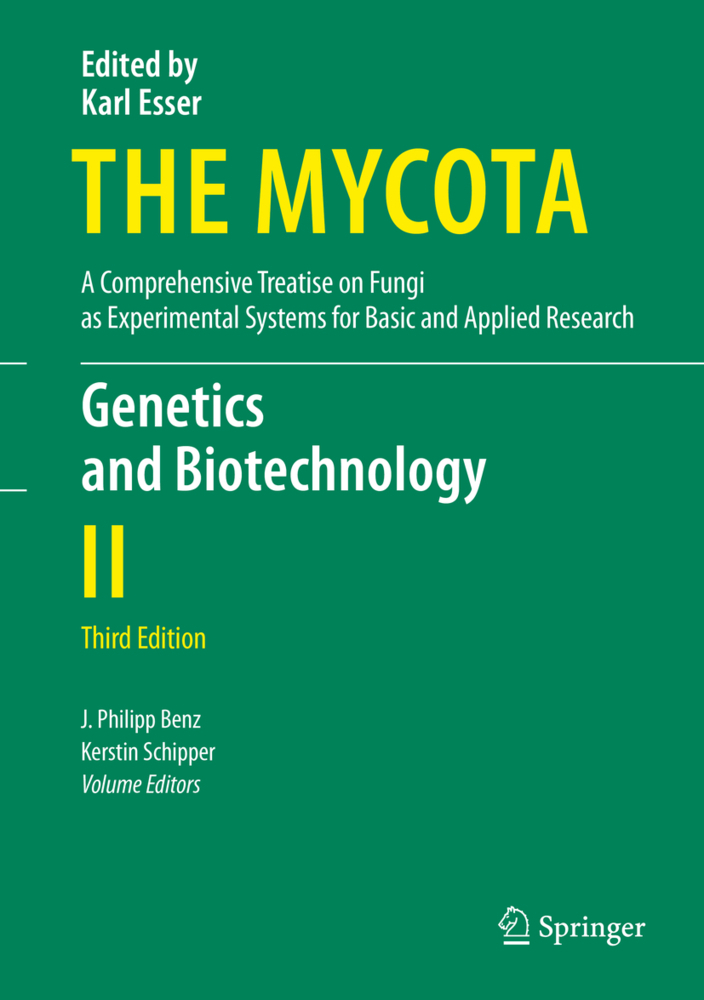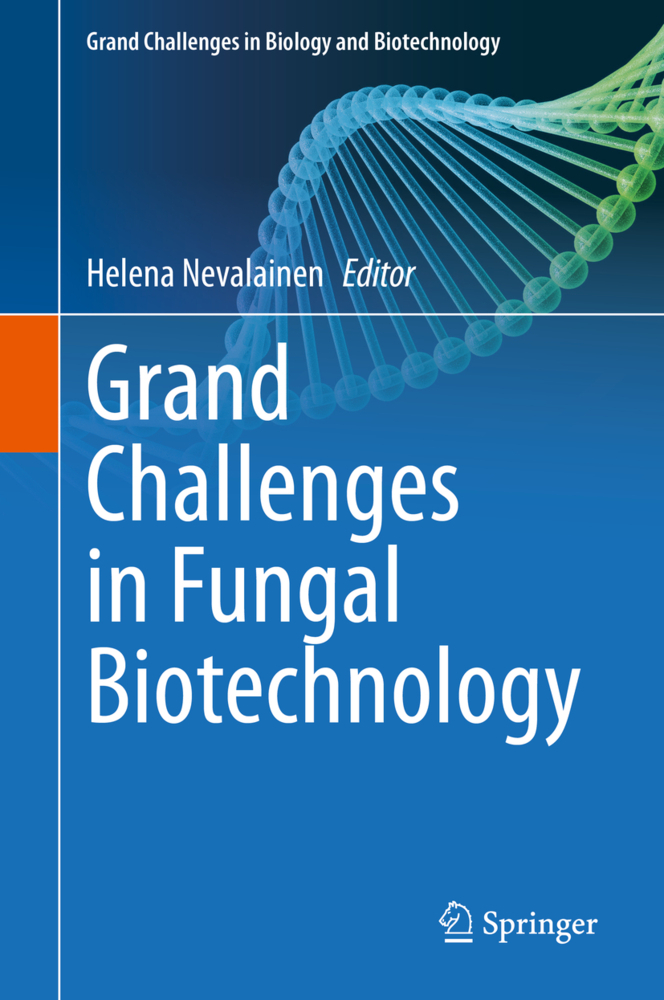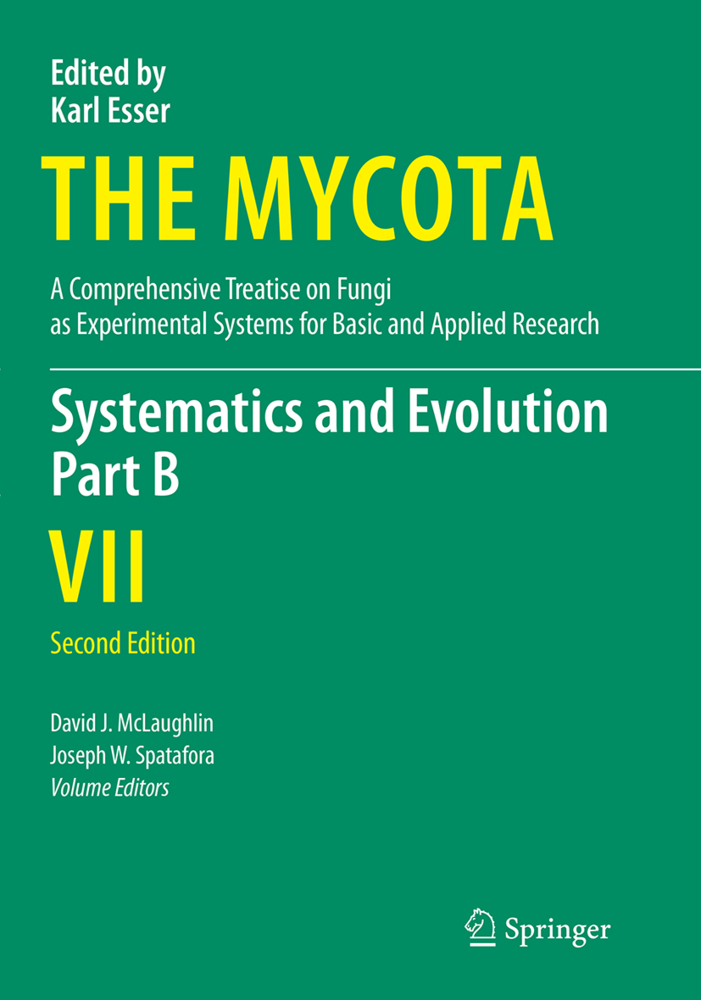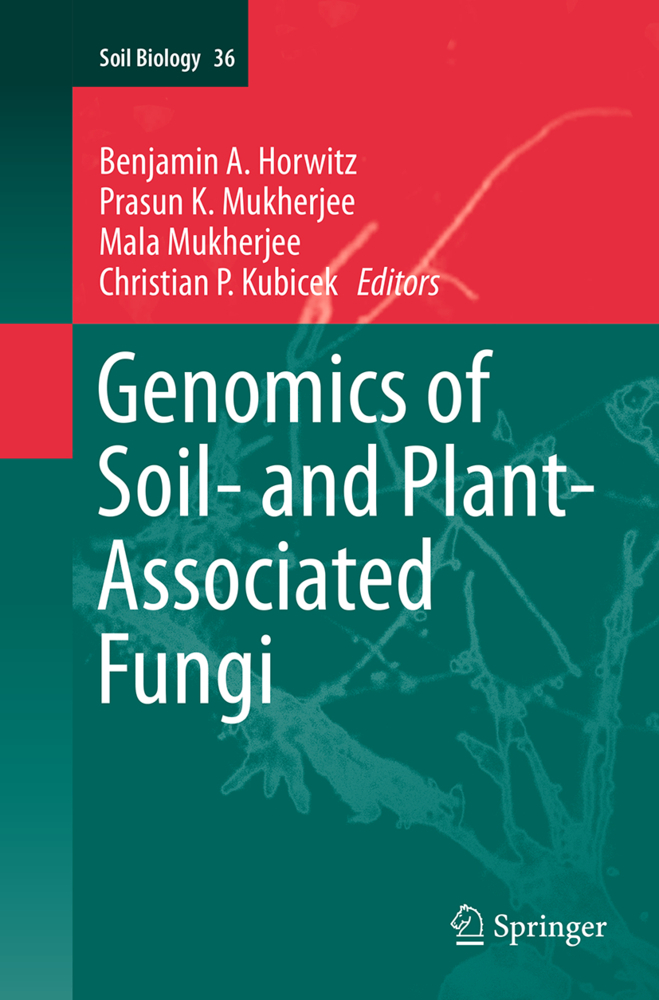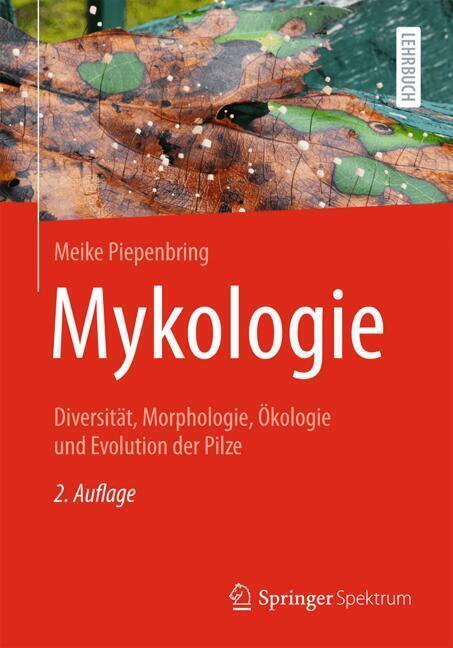Biology of the Fungal Cell
This volume provides a detailed look at various biochemical and developmental aspects of fungal cell biology, and offers extensive information on model organisms of filamentous fungi, such as Aspergillus, and yeasts, such as Saccharomyces, while also highlighting molecular differences between ascomycetes and basidiomycetes.
The book's seven chapters, prepared by experts in the fields of mycology, have been grouped into two closely connected sections: "Fungal Cell Growth" and "Signals and Development". The first section addresses bio-molecular mechanisms of fungal cell division and polarized cell growth, with a special emphasis on cell-cell connections, cell wall synthesis, and directed protein transport. In turn, the second section describes the intra- and extracellular signals that set off biochemical and conformational changes of cell type during development. Here, the authors focus on the molecular signalling pathways, including their impact on plant-fungusinteractions, referred to as ectomycorrhizal symbiosis.
Given its scope, the book offers a valuable guide for all microbiologists, geneticists, cell biologists, biochemists and plant biologists, as well as advanced students of biology, who share an interest in the field of mycology.The Woronin body, a fungal organelle regulating multicellularity
Septum Formation and Cytokinesis in Ascomycete FungiThe Cytoskeleton and Polarity Markers during Polarized Growth of Filamentous Fungi
Developmental Decisions in Aspergillus nidulans
Biomechanics of Hyphal Growth
Molecular signalling during the ectomycorrhizal symbiosis
Calcium cation cycling and signaling pathways in fungi.
Esser, Karl
Lemke, Paul A.
Hoffmeister, Dirk
Gressler, Markus
| ISBN | 978-3-030-05446-5 |
|---|---|
| Medientyp | Buch |
| Auflage | 3. Aufl. |
| Copyrightjahr | 2019 |
| Verlag | Springer, Berlin |
| Umfang | XVI, 128 Seiten |
| Sprache | Englisch |

